Regulating Space: Legal Implications Of Asteroid Mining

Introduction
Asteroid mining has garnered significant attention in recent years as scientists and explorers look to the stars for new sources of valuable resources. With the potential to provide essential minerals, precious metals, and even water, asteroids hold immense potential for fueling future space exploration and addressing resource scarcity on Earth. However, this emerging industry also raises important legal and regulatory questions regarding property rights, space treaties, and environmental concerns.
Ownership and Property Rights
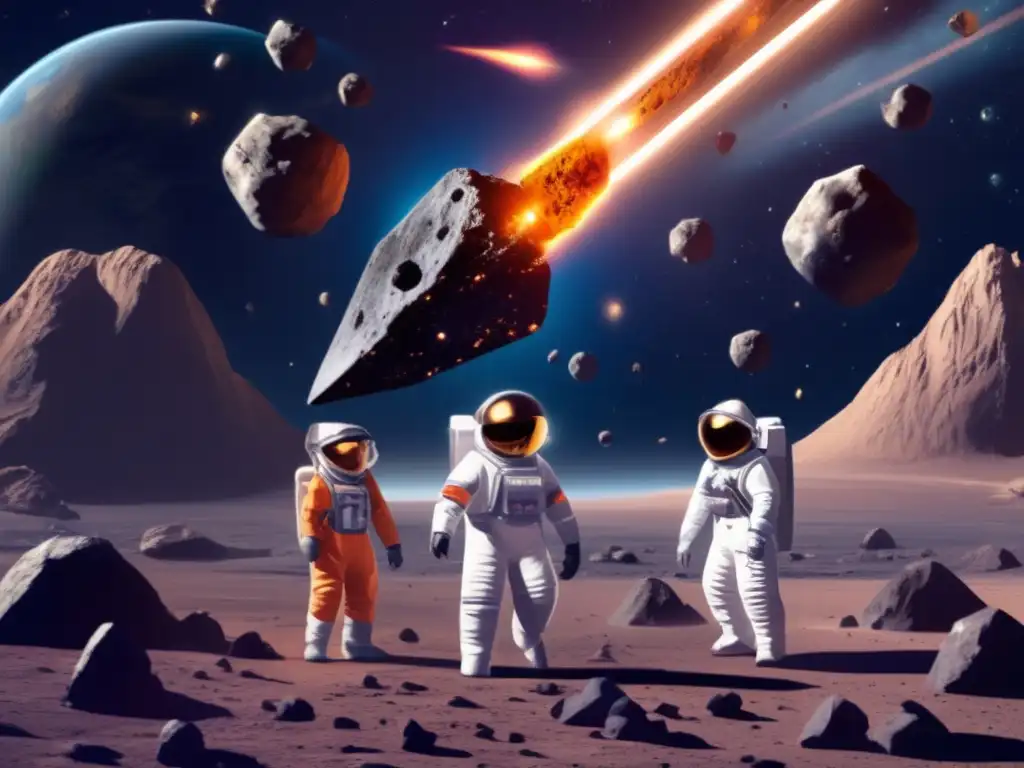
The Outer Space Treaty of 1967
The Outer Space Treaty, signed by 110 countries, serves as the cornerstone of international space law. According to this treaty, celestial bodies, including asteroids, cannot be claimed by any nation. This means that no country can assert sovereignty over an asteroid or any part of it. However, the treaty does not explicitly address private ownership of extracted resources from asteroids.
Commercial Space Launch Competitiveness Act (CSLCA)
The CSLCA, enacted in 2015, addressed property rights in space for U.S. citizens. It allows for the extraction and utilization of space resources, including those derived from asteroids. Under this legislation, U.S. companies can assert rights to resources they extract from celestial bodies, subject to obtaining appropriate licenses and compliance with other regulatory requirements.
International Cooperation
Efforts are underway to establish international norms and agreements regarding asteroid mining. Organizations like the United Nations Office for Outer Space Affairs (UNOOSA) are working to create transparency and cooperation among nations to ensure equitable resource utilization and avoid conflicts.
Environmental and Safety Considerations
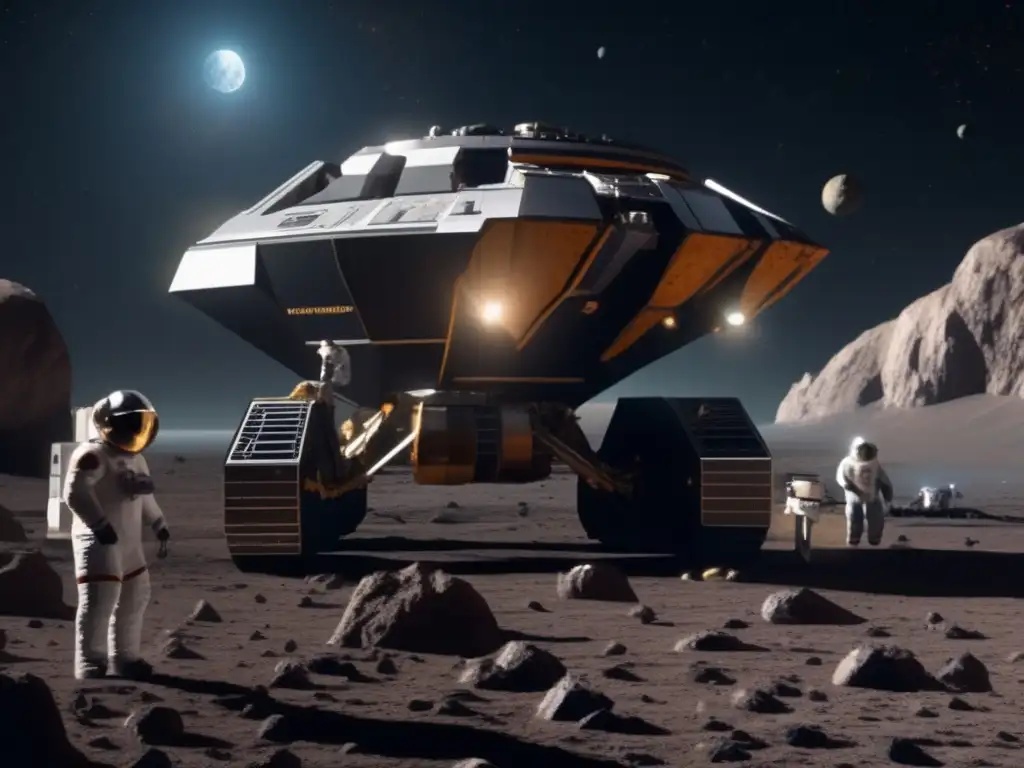
Space Debris Mitigation
Asteroid mining operations must consider space debris mitigation to prevent the creation of hazardous debris that can endanger satellites, spacecraft, and other assets in orbit. Implementing best practices for limiting the release of debris during asteroid mining activities is crucial to ensure the long-term sustainability of space exploration.
Planetary Protection
As asteroid mining involves the extraction and potential return of material from celestial bodies, it is vital to address concerns related to the contamination of extraterrestrial environments. Planetary protection protocols aim to prevent the introduction of terrestrial organisms, potentially harmful substances, or alteration of pristine extraterrestrial environments.
Safety Regulations
Robust safety regulations are necessary to protect workers involved in asteroid mining operations. Due to the inherent risks associated with space activities, governments and private entities must establish and enforce stringent safety standards to ensure the well-being of personnel engaged in this emerging industry.
Commercial Implications and Economic Impact
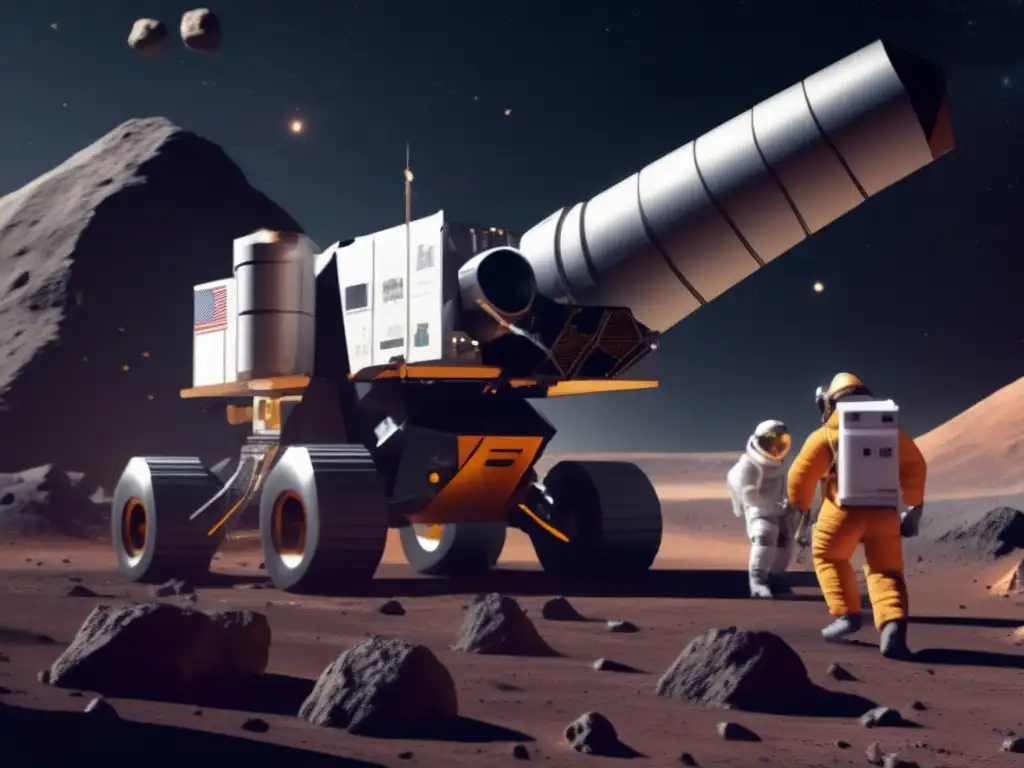
Potential Industry Growth
The commercialization of asteroid resources has the potential to transform various sectors of the economy. Successful asteroid mining ventures could provide a sustainable supply of precious metals, rare minerals, and water, reducing reliance on limited terrestrial resources. This new industry could also create jobs and stimulate technological advancements in space exploration and resource utilization.
Economic Considerations
The economic viability of asteroid mining depends on a multitude of factors, including the cost of extraction, the value of extracted resources, and the demand for those resources. Companies must carefully analyze market trends, technological advancements, and cost-effective strategies to ensure the profitability and sustainability of their operations.
Investment and Funding
As asteroid mining ventures require substantial investments in research, development, and infrastructure, securing funding is a critical aspect of the industry's growth. Public-private partnerships, venture capital investments, and government grants are some of the funding sources explored by companies aiming to realize the potential of asteroid resources.
Frequently Asked Questions
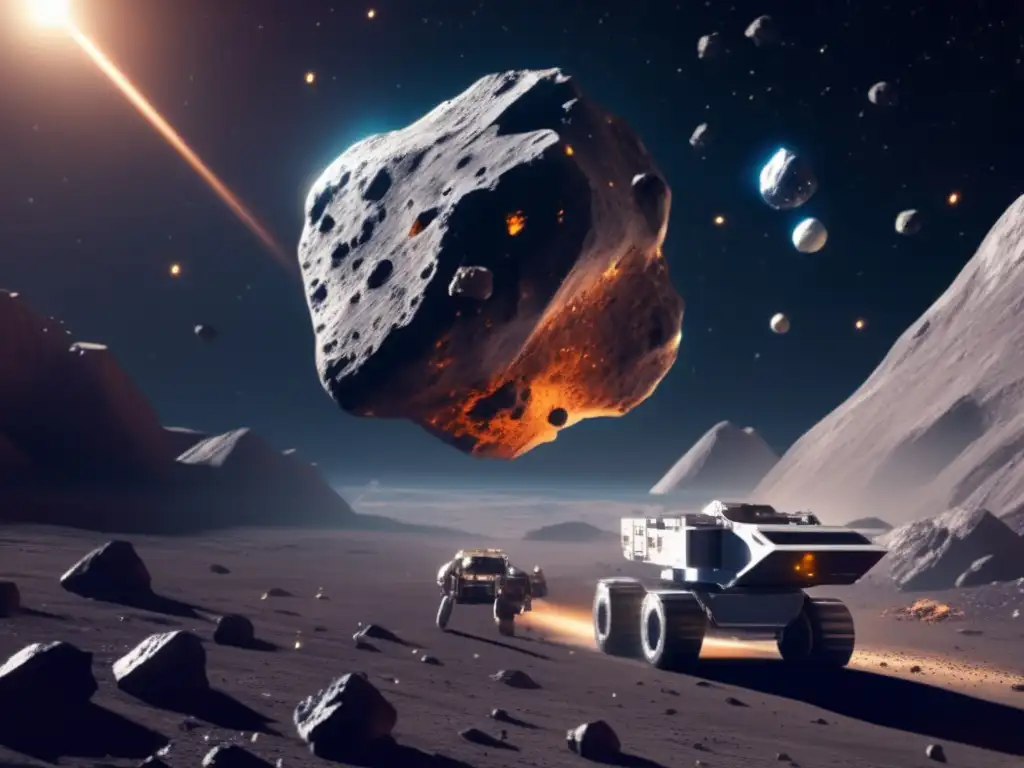
-
Can anyone claim ownership over an asteroid?
No, according to the Outer Space Treaty, celestial bodies cannot be claimed by any nation. However, private companies can assert rights to extracted resources under certain national legislations.
-
What legal frameworks exist for regulating asteroid mining?
The Outer Space Treaty provides a broad framework, while national legislations, like the CSLCA in the United States, address specific property rights and licensing requirements.
-
How do we ensure the long-term sustainability of asteroid mining?
Robust safety protocols, space debris mitigation measures, and planetary protection regulations are crucial to maintain the sustainability and integrity of asteroid mining activities.
-
What are the potential economic benefits of asteroid mining?
Asteroid mining has the potential to provide a sustainable supply of valuable resources, stimulate economic growth, and create employment opportunities in various industries.
-
How are asteroid mining ventures funded?
Asteroid mining ventures secure funding through public-private partnerships, venture capital investments, and government grants.
Conclusion
Asteroid mining holds immense promise for addressing resource scarcity and fueling future space exploration. However, the legal and regulatory landscape surrounding this emerging industry is complex and evolving. International cooperation, transparent agreements, and robust safety and environmental regulations are crucial to ensure the responsible and sustainable extraction of resources from asteroids. By navigating these challenges, humanity can unlock the vast potential of the universe beyond Earth's boundaries.
We encourage readers to share their thoughts and engage with www.asteroidrealm.com, whether through subscribing, sharing this article on social networks, or participating in discussions. Thank you for your time and attention as we explore the fascinating world of asteroids and their significance in shaping our future.
Additional Resources

For further reading on the topic of asteroid mining and its legal implications, we recommend the following resources:
- United Nations Office for Outer Space Affairs (UNOOSA)
- NASA Asteroid Mining Resources
- Space.com Asteroid Mining Articles
 Space Mining: The Global Quest For Asteroid Resources
Space Mining: The Global Quest For Asteroid Resources The Role Of Universities In Advancing Asteroid Mining
The Role Of Universities In Advancing Asteroid Mining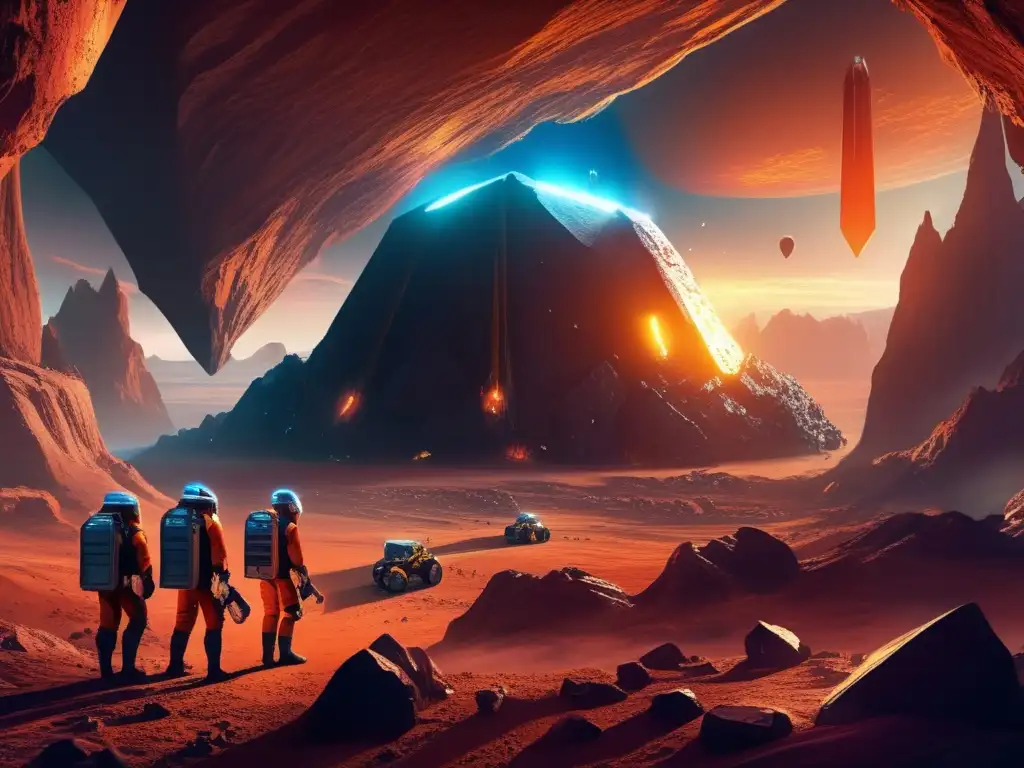 The Intersection Of Geology And Technology In Asteroid Mining
The Intersection Of Geology And Technology In Asteroid MiningIf you want to discover more articles similar to Regulating Space: Legal Implications Of Asteroid Mining, you can visit the Asteroid Mining and Resources category.
Leave a Reply

Articulos relacionados: